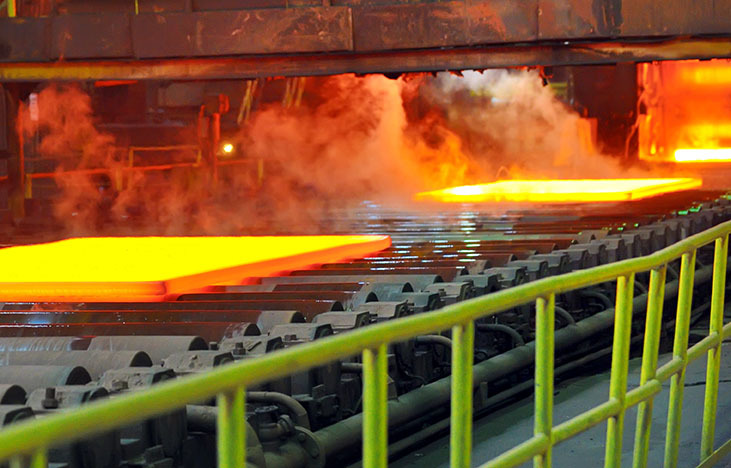A pinch of Physics is required!
 You have a piece of aluminium whose mass is
8
0
0
g
, and suppose it is heated up to
1
0
0
0
∘
C
.
You have a piece of aluminium whose mass is
8
0
0
g
, and suppose it is heated up to
1
0
0
0
∘
C
.
Now, given that you are cooling it down to 1 5 0 ∘ C , calculate the amount of heat (in Joules) given out during the process of cooling.
Details and assumptions:
- The specific heat capacity of aluminium is C Aluminum = 9 0 0 J / kg K .
- Ignore the heat energy lost to the atmosphere.
Image credit : hardy solutions
The answer is 612000.
This section requires Javascript.
You are seeing this because something didn't load right. We suggest you, (a) try
refreshing the page, (b) enabling javascript if it is disabled on your browser and,
finally, (c)
loading the
non-javascript version of this page
. We're sorry about the hassle.
2 solutions
My solution is almost similar to that of Sravanth but I like celsius more than kelvin.
C a l u m i n i u m = 9 0 0 J / k g K = 9 0 0 J / k g C because a unit change in celsius is equal to unit change in kelvin.So the formula for release of heat is given by :
Δ Q = m . C a l u m i n i u m Δ T = ( 0 . 8 ) ( 9 0 0 ) ( 1 0 0 0 − 1 5 0 ) = 6 1 2 0 0 0 J
Oh yeah! The change in temperatures in both the scales is the same.
C H E E R S ! ! !
Log in to reply
⌣ ¨ ⌣ ¨ ⌣ ¨
Have some room for me back there guys? xD
The following values are given,
m a s s = 8 0 0 g = 0 . 8 k g I n i t i a l t e m p e r a t u r e = T 1 = 1 0 0 0 ° C = 1 2 7 3 ° K F i n a l t e m p e r a t u r e = 1 5 0 ° C = 4 2 3 ° K C a l u m i n i u m = 9 0 0 J / k g K
We know that heat energy Q is given by the following expression,
Q = C m Δ T = 9 0 0 × 0 . 8 × ( 1 2 7 3 − 4 2 3 ) = 7 2 0 × 8 5 0 = 6 1 2 0 0 0 J